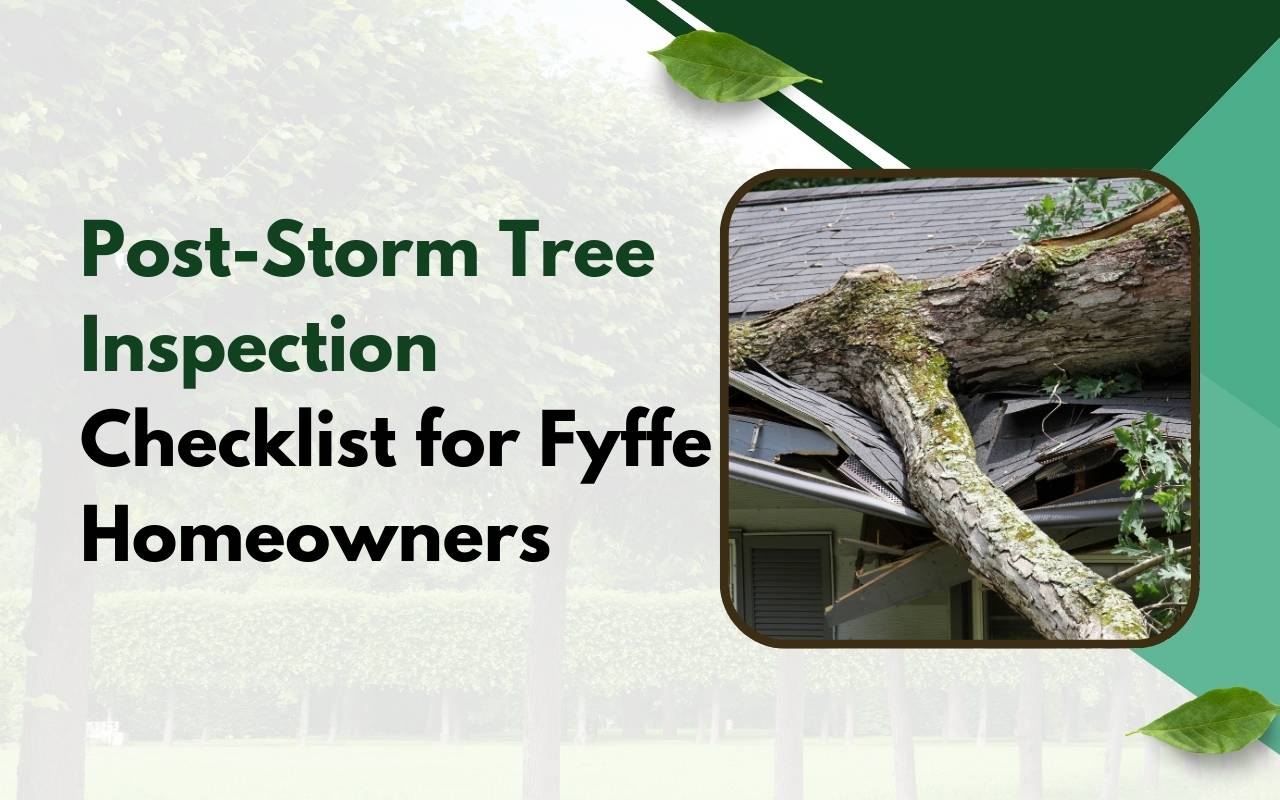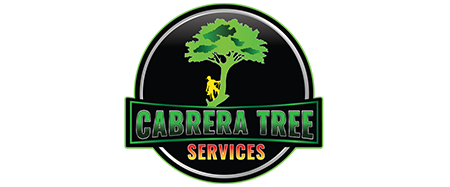
When storms pass, hidden dangers may remain. In Fyffe, trees can suffer unseen damage. Therefore, a thorough post-storm tree inspection checklist Fyffe helps protect property and family safety. Moreover, by following key steps, you identify hazards early and prevent accidents, ensuring the beauty and stability of your landscape.
Identifying Visible Damage
- Inspect ground-level bark and branches for cracks
- Look for torn bark or exposed cambium
- Check for precariously hanging branches
- Photograph visible wounds for future reference
This first step in your post-storm tree inspection checklist Fyffe ensures immediate risks are identified before they escalate.
Assessing Tree Stability
Next, evaluate root flare and soil. For example, signs of soil heaving, cracks, or exposed roots indicate instability. Moreover, tilted trunks or uneven bark growth suggest hidden problems. Gently test trunk movement; however, excessive wobbling signals compromised roots. Therefore, stability checks are essential to every post-storm tree inspection checklist Fyffe homeowners rely on.
Checking for Cracks and Splits
Storms often cause internal fissures. Therefore, use a flashlight to examine crotches and large limbs. In addition, mark splits for tracking. Cracks at limb unions expand quickly under stress. Consequently, documenting these ensures timely intervention. Including this in your post-storm tree inspection checklist Fyffe helps avoid unexpected failures.
Inspecting Tree Roots
- Clear mulch to expose root flare
- Check for girdling or constricted roots
- Look for torn or exposed roots
- Note fungal growth or soft, waterlogged soil
Root systems anchor trees and supply nutrients. Consequently, weak roots compromise stability. Therefore, regular inspection safeguards your property against long-term risks.
Looking for Signs of Disease or Infestation
Storm stress invites pests and disease. Moreover, inspect bark and leaves for discoloration, frass, or cankers. Watch for mushrooms or fungal bodies at the base. Because diseases spread quickly among weakened trees, early detection protects surrounding vegetation. Consequently, add this to your post-storm tree inspection checklist Fyffe for complete protection.
Evaluating Surrounding Structures
Trees may endanger nearby structures. Therefore, inspect roofs, fences, and power lines for overhanging limbs. Twisted branches can snap suddenly. Moreover, prioritize urgent pruning if clearance is minimal. This step ensures safety around your home and community.
Trimming and Pruning Recommendations
- Prune during dry weather to reduce infection
- Remove hanging or broken branches first
- Thin crowded canopies for airflow
- Use sharp, sanitized tools for clean cuts
Proper pruning supports recovery and strengthens trees. However, for high limbs, consult professionals to avoid injury. Therefore, trimming should always be part of your post-storm tree inspection checklist Fyffe.
Professional Arborist Consultation
Complex issues like trunk cracks or root failure require certified arborists. Moreover, experts assess internal decay using specialized tools. Therefore, verify credentials before hiring. Their guidance ensures safety and prolongs tree life.
Creating a Maintenance Plan
Proactive care reduces risks. Consequently, schedule seasonal inspections, soil testing, and routine pruning. Moreover, keep a record of findings and treatments. A clear plan strengthens resilience and ensures your trees thrive despite Fyffe’s storms.
FAQs About Post-Storm Tree Inspection
Why is a post-storm tree inspection necessary?
Storms cause hidden damage that can threaten safety. Therefore, inspections identify risks early and help protect your home and family.
How do I know if my tree is unstable?
Look for leaning trunks, cracked soil at the base, or roots pulling up. Consequently, these signs indicate instability.
Can I do the inspection myself?
Homeowners can spot visible damage. However, professionals are safer for assessing structural integrity and high branches.
What should I check first?
Start with visible damage like broken branches, bark loss, or hangers. These pose immediate safety hazards and therefore require priority attention.
When should I call an arborist?
If you find major cracks, root problems, or leaning trees near structures, consult a certified arborist immediately. Consequently, quick action prevents serious accidents.
Ensuring Safety and Beauty
Following a detailed post-storm tree inspection checklist Fyffe ensures safety and preserves natural beauty. Moreover, whether self-inspection or professional help, vigilance after storms safeguards property. For trusted support, contact experts at Cabrera Professional Tree Service to secure peace of mind and protect your home year-round.
